Der horizontale Karbonisierungsofen ist ein Gerät, das Rohmaterialien karbonisiert. Es ist eine wesentliche Maschine im Prozess der Kohleproduktion. Aufgrund seiner einfachen Bedienung und hohen Sicherheit wird es in Holzkohle-Verarbeitungsanlagen weit verbreitet eingesetzt. Es gibt viele Arten von Karbonisierungsöfen, darunter kontinuierliche Karbonisierungsöfen und aufziehbare Karbonisierungsöfen.
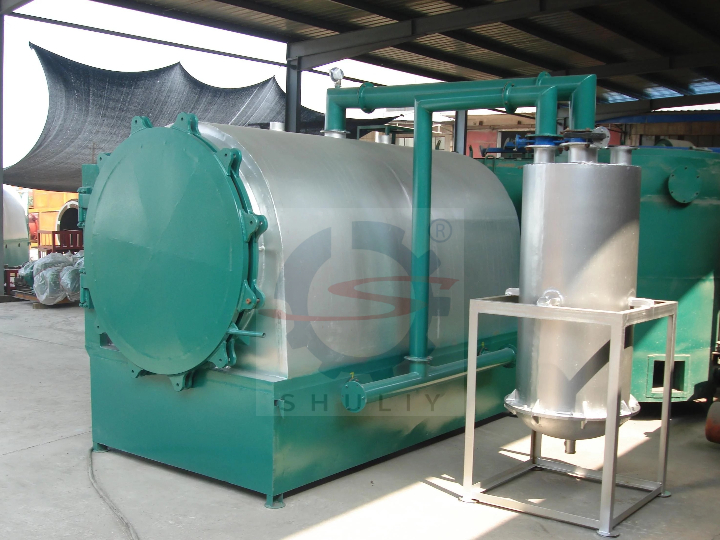
Rohstoffe des horizontalen Karbonisierungsofens
Diese Karbonisierungsofen-Anlage kann viele Arten von Rohmaterialien verarbeiten, wie Holz, Äste, Wurzeln, Bambus, Sägemehl/Biomassebriketts, Maiskolben, Kokosnussschalen, Nussschalen und andere Rohmaterialien. Darüber hinaus kann das Rohmaterial des Karbonisierungsofens auch aus Holzspänen bestehen, die dann karbonisiert werden.
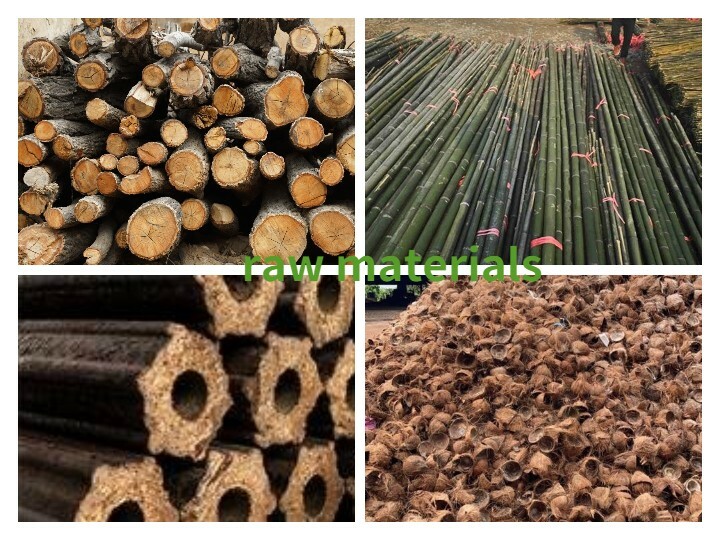
Das Prinzip der Holzkohlemaschine für Hartholzstämme
Es wird hauptsächlich das Verfahren der Trockendestillation-Karbonisierung angewendet und nutzt das Kohlenmonoxid, Methan, Wasserstoff und andere brennbare Gase, die im Karbonisierungsprozess erzeugt werden, um sie durch das Abgasreinigungssystem des Karbonofens zu trennen und Holzpech, Holzessig usw. zu gewinnen, um brennbare Gase zu erhalten. Diese werden dann in den Brenner geleitet, um eine vollständige Verbrennung zu erreichen und die Hochtemperatur-Karbonisierungsleitung zu beheizen. Zu diesem Zeitpunkt wird die Temperatur in der Regel auf etwa 600° kontrolliert. Die Karbonisierungsleitung karbonisiert und zersetzt das Material und verbrennt dann durch die Rückgewinnungsleitung, das Abgasreinigungssystem und den Brennstoffbrenner. Für die Rohrheizung ist der Karbonofen vollständig autark und spart Brennstoff.
Auswirkung der Karbonisierung auf die Holz Eigenschaften
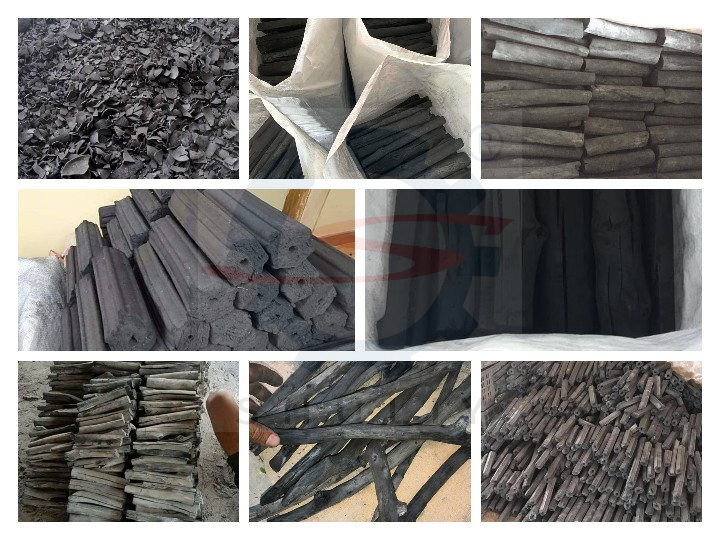
1. Dichteverringerung
Hauptsächlich aufgrund des teilweisen Verlusts von Hemizellulose. Die meisten Studien zeigen einen Abbau von 5-8% Hemizellulose mit geringem Verlust an struktureller Festigkeit.
2. Festigkeitssteigerung
Bei der richtigen Karbonisierungstemperatur wird die Festigkeit des Holzes erhöht, aber übermäßige, überhitzte Karbonisierung verringert die Festigkeit.
3. Verringerter Feuchtigkeitsgehalt
Alle Hölzer nehmen Feuchtigkeit aus der Atmosphäre auf, werden auf hohe Temperaturen erhitzt und verlieren den Großteil ihrer Feuchtigkeit.
4. Farbvertiefung
Mit steigender Karbonisierungstemperatur wird die Farbe dunkler.
5. Verbesserung der Korrosionsbeständigkeit
Der mögliche Grund, warum die Karbonisierung die Korrosionsbeständigkeit von Holz verbessert, liegt darin, dass während des Karbonisierungsprozesses die Holzbestandteile verändert werden, was die Quelle der Nährstoffe, die für das Überleben von Pilzen benötigt werden, unterbricht; gleichzeitig hemmt die Verringerung des Feuchtigkeitsgehalts das Wachstum von Pilzen und verbessert die Korrosionsbeständigkeit.
Aufbau des horizontalen Karbonofens
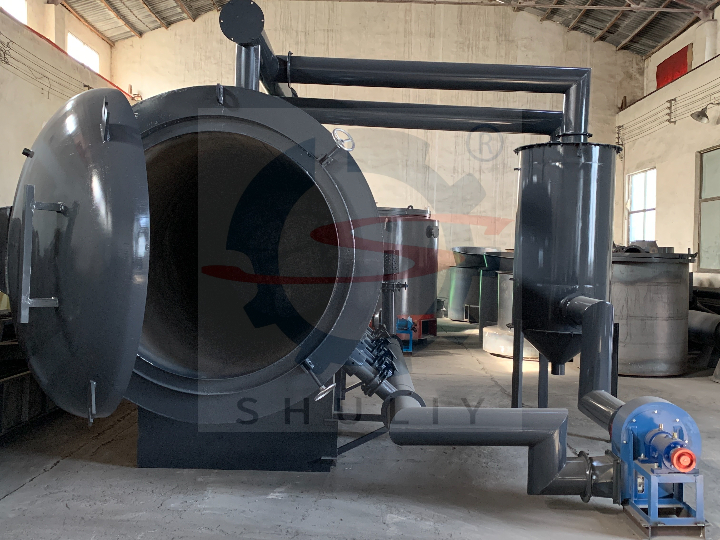
Der Ofen umfasst einen Ofenkörper, einen Ofendeckel, eine Heizkammer und ein Abgasrohr. Eine Kohlenstoffisolation ist im Ofenraum des Ofenkörpers angebracht, und ein Deckel ist auf der Kohlenstoffisolation installiert. Der horizontale Kohlenstoffofen hat eine gute Dichtleistung und stellt sicher, dass während der Kohlenstoffisierung keine Temperatur verloren geht.
Parameter der Hartholz-Block-Kohlemaschine
| Typ | Kapazität | Gewicht | Größe |
| SL-HC1300 | 900-1200kg/12-14h | 2500kg | 3*1,7*2,2m |
| SL-HC1500 | 1500-2000kg/12-14h | 4000kg | 4,5*1,9*2,3m |
| SL-HC1900 | 2500-3000kg/12-14h | 5500kg | 5*2,3*2,5m |
Detaillierter Karbonisierungsprozess
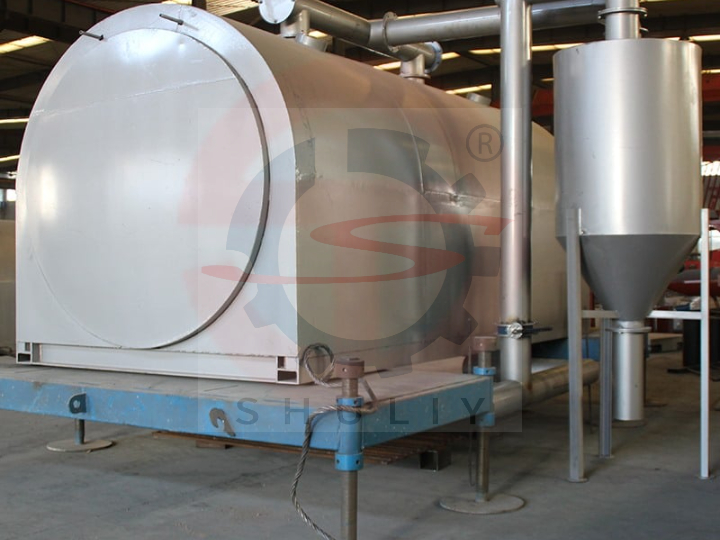
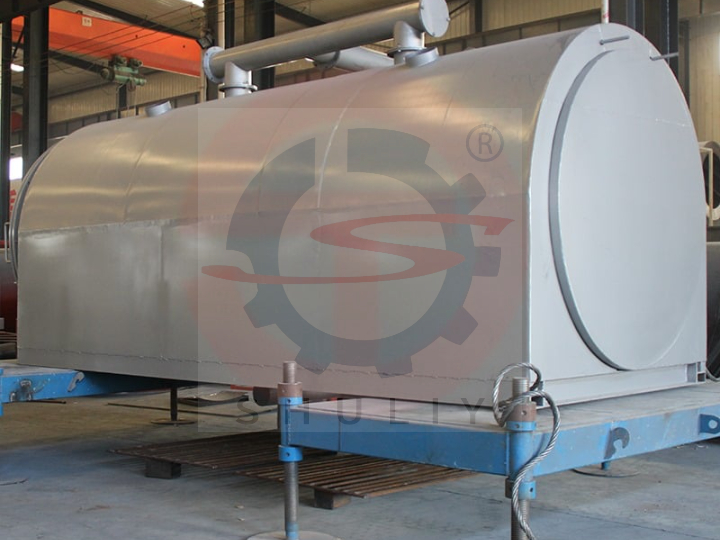
(1) Zuerst das zu karbonisierende Material in den Ofenkörper legen und dann den Ofendeckel abdecken und abdichten. Beginnen Sie mit dem Heizen. Wenn die Temperatur 170-200 Grad erreicht, beginnt die Trocknungsphase des Materials.
(2) Wenn die Temperatur 170-200 Grad erreicht, weiterhin bei kleiner Flamme erhitzen, sodass die Temperatur im Ofen etwa 340 Grad erreicht. Diese Phase dauert etwa 2 Stunden und ist ein Pyrolyseprozess.
(3) Wenn die Temperatur 340 Grad erreicht, ist es notwendig, bei kleiner Flamme weiter zu heizen und die Temperatur auf etwa 380-400 Grad ansteigen zu lassen. Zu diesem Zeitpunkt wird das Material im Ofen schnell zersetzt, und Flüssigkeiten wie Holzteer und Holzessig werden gleichzeitig abgegeben. Darüber hinaus entstehen brennbare Gase wie Methan und Ethylen, und diese brennbaren Gase können durch das Reinigungssystem wieder an den Boden des Ofens zurückgeführt werden. Die Innentemperatur wird auf etwa 500-800 Grad erhöht, sodass das Material unter Hochtemperaturbedingungen in Holzkohle-Stäbe trocken destilliert wird.
(4) Wenn das Rauchvolumen des Zigarettenabzugs offensichtlich reduziert und verblasst ist, ist es notwendig, das Feuer auszuschalten und das Feuer abzudichten. An diesem Punkt ist die Kohlenstoffisierung des Ofens beendet. Dann beginnen Sie mit dem Abkühlen.
Vorteile des horizontalen Karbonofens
- Umweltschutz: Alle Niederschlagsgase werden genutzt, die Abgasemissionen können bis zum Standard abgeführt werden, und es gibt keine Abwasserentsorgung mit Ammoniak.
- Hohe Effizienz: Der versiegelte Karbonisierungsofen ist dicht verschlossen, was sicherstellt, dass die Temperatur im Ofen nicht entweicht und die Karbonisierungszeit nur 4-5 Stunden beträgt, was die Produktionseffizienz verbessert.
- Kostensparend Der Karbonofenkessel selbst hat Rohre, die das Verbrennungsgas in den Verbrennungsbereich des Karbonofens umleiten können, um den Karbonisierungsprozess zu ermöglichen.
- Praktisch und sicher. Es gibt Wagen für schnelle Materialwechsel.
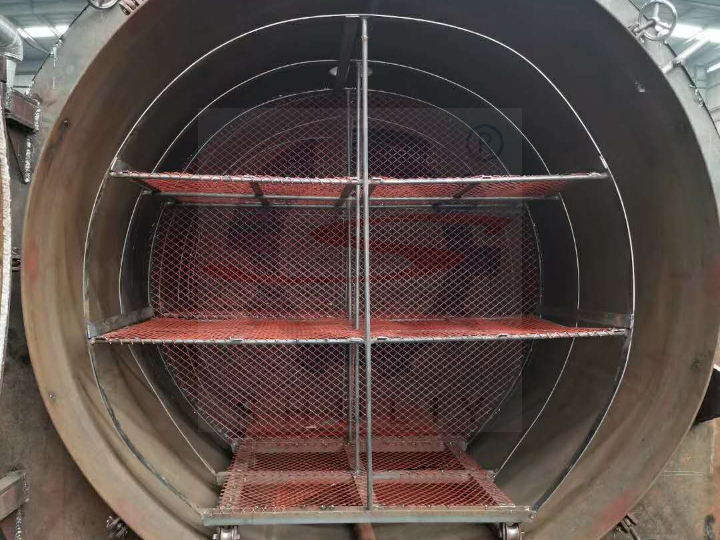
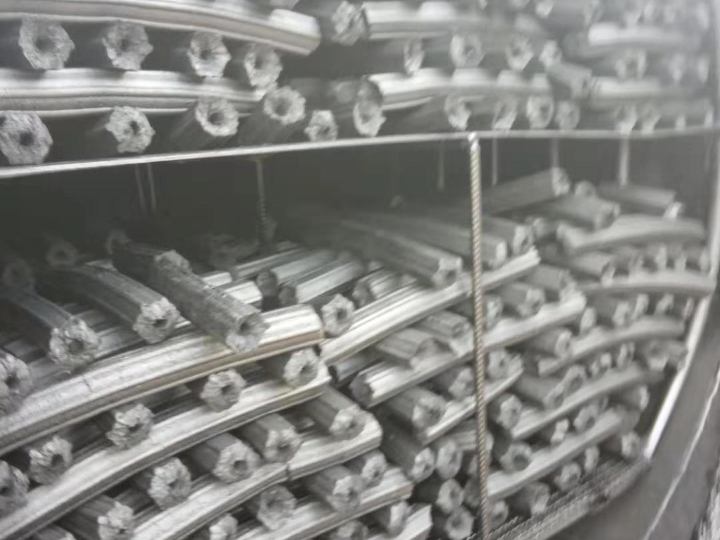
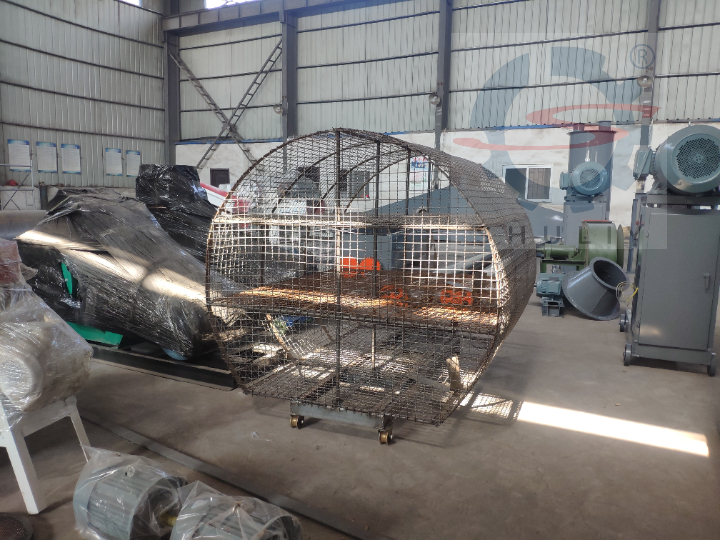
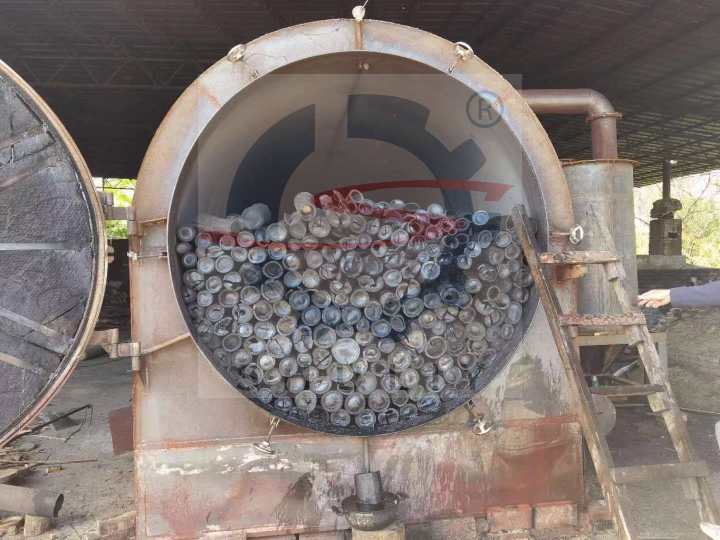
Wie man den Kohlenstoffisierungsofen benutzt
Der Karbonisierungsofen sollte zuerst ein flaches Stück Land finden und an seinen Platz gestellt werden. Öffnen Sie die Ofentür und legen Sie die Rohmaterialien hinein, die karbonisiert werden müssen. Versuchen Sie, den Ofen so weit wie möglich zu füllen. Im nächsten Schritt verwenden Sie Holz, um das Feuer am Boden zu entzünden, und warten Sie, bis das Temperaturmessgerät im Ofen auf 150 bis 200 Grad steigt. Der Innenraum des Ofens wird Gas abgeben, und das Gas wird sich selbst entzünden, wenn es durch die eigenen Rohrleitungen des Ofens in den Verbrennungsbereich gelangt; nach 4-5 Stunden Karbonisierungsprozess wird das interne brennbare Gas erschöpft sein.
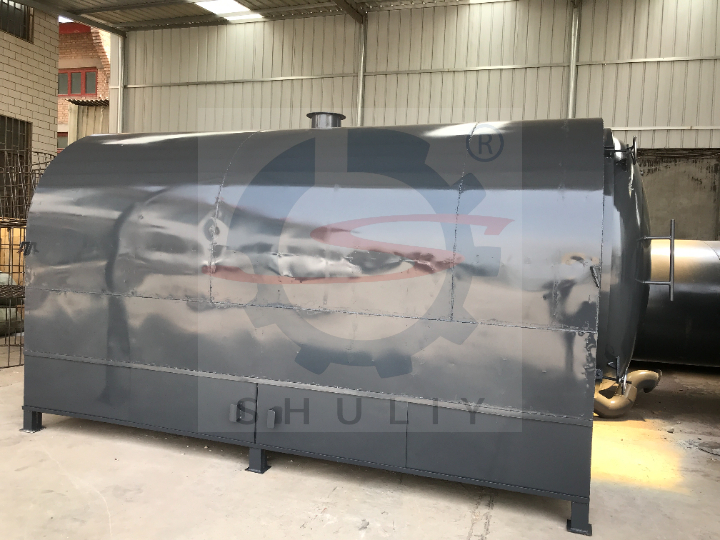


Zu diesem Zeitpunkt wird die Flamme immer kleiner, bis das Feuer erlischt. Nachdem die Verkohlung abgeschlossen ist, besteht der nächste Schritt darin, das eigene Sprühsystem des Ofens zu verwenden, um etwas Wasser richtig zu gießen (oder zu warten, bis die Ofenoberflächentemperatur unter 50 Grad fällt), und dann kann die Ofentür direkt geöffnet werden, um die Holzkohle abzulassen. Es sollte beachtet werden, dass die Ofentür nicht geöffnet werden sollte, bis die Temperatur unter 50 Grad gefallen ist, ohne Wasser zu ziehen, da sonst die verkohlten Rohstoffe im Ofen aufgrund der übermäßigen Temperatur selbst entzündet werden.

